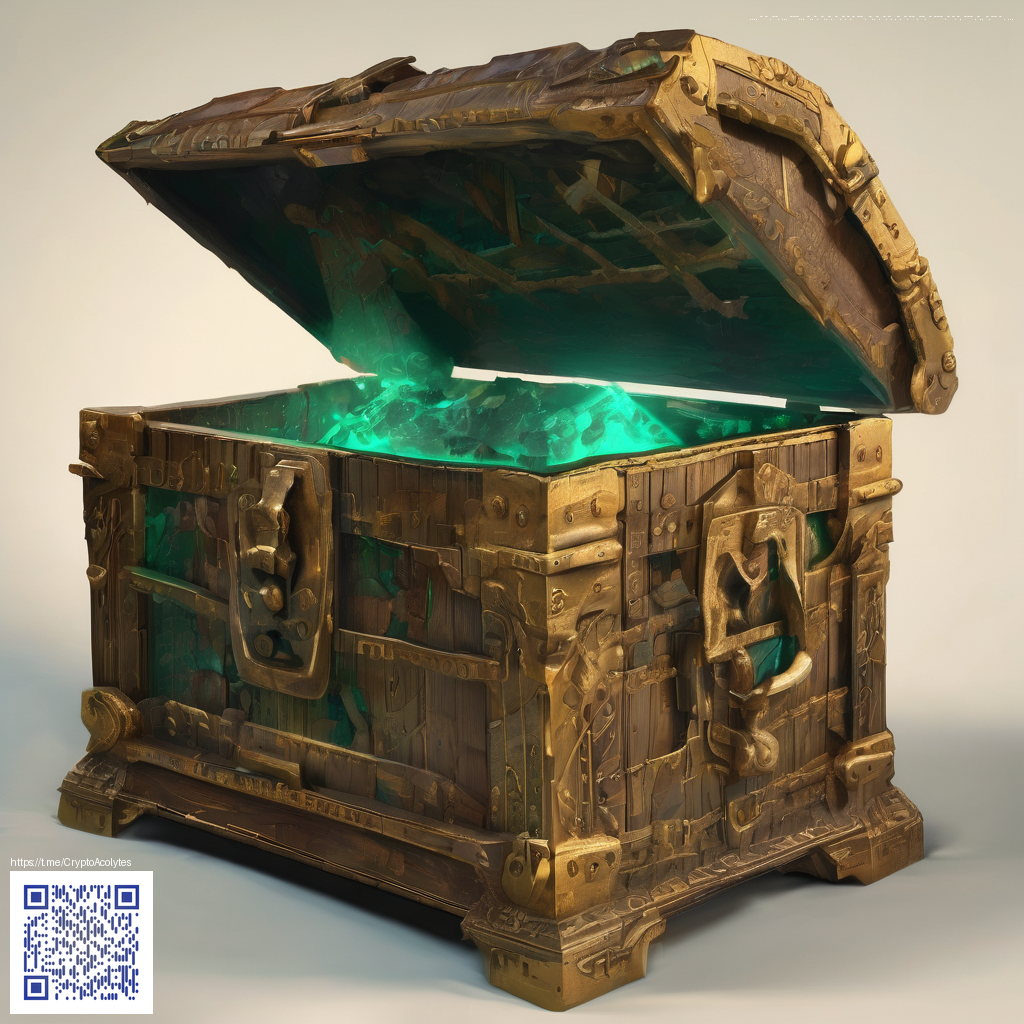
Speedrun Spotlight Highlights Top Escape from Tarkov Routes
In the world of Escape from Tarkov speedrunning, minutes matter and minute choices matter more. The latest community spotlight compiles top routes used by veterans and rising stars to shave time and keep nerves intact. The excitement around these routes is not just about raw speed but about the craft behind every second ticked off the timer.
From the moment the raid load screen fades to the first objective, players sprint through a game space that rewards careful study and daring improvisation. The spotlight collates community-tested paths that focus on minimal backtracking, efficient looting, and reliable exfil windows. The result is a blueprint that new contenders can follow while leaving room for personal tweaks and style.
In Depth Gameplay Analysis
Top routes hinge on map knowledge and deliberately chosen anchor points. The fastest runs often start with a precise spawn awareness check and a swift door or barrier skip that avoids congested corridors. Once a player establishes a clean entry, the run pivots on fast transitions between loot pockets and safe corridors that lead to a confirmed extraction route.
Movement optimization is a pillar. Players optimize stamina management, keystroke rhythm, and weapon handling so every action yields momentum rather than fatigue. Small choices, like pre aiming while crossing a short corridor or choosing a light kit that won’t slow sprint momentum, translate into precious seconds when every tick on the clock counts.
Combat is kept to a minimum and is treated as a last resort. The top routes embrace stealth where possible and rely on map geometry to bypass higher danger zones. When engagement is unavoidable, teams rely on pre planned callouts and split second timing to maintain pace while preserving health and gear for the exfil push.
Route Archetypes Across Maps
Across major arenas players converge on a few shared archetypes. Interchange runs frequently center on a rapid from shop floors toward a central exfil point while skirting known hot zones that attract heavy firefights. Customs routes emphasize quick transitions from the dormitory spawns to central checkpoints and then a controlled sprint toward the exit. Shoreline flows tend to balance coastal routes with back stairs and warehouse corridors that offer short detours without losing time.
Variant routes exist for players who aim for loot speed wins or for those who chase a zero loot run to keep risk low. Some players optimize for early scav spawns to secure essential gear without slowing the clock. Others push a no loot objective to maximize focus on movement and path efficiency. The diversity in these choices is what keeps the community vibrant and the meta evolving.
Community Insights and Training Tools
One of the strengths of the speedrun scene is the way communities share and critique. Short clips, annotated runs, and route primers circulate on streams and forums. What stands out is how feedback loops tighten as players spot inefficient sections and prototype refinements in follow up raids. Spectator communities have also grown where newcomers ask questions and veterans narrate subtle route decisions with humor and patience 🎮.
Training tools and replay viewers help players practice without burning through offline mode. A good practice cycle involves isolating map sections, timing transitions, and gradually layering in adversary encounters as confidence grows. The energy in these communities is infectious and often spills into wider EFT discourse about patch expectations and map rebalances.
Update Coverage and the Meta Shifts
Updates and patches have a direct effect on speedrun strategies. When map geometry shifts or extraction timings change, runners re validate routes in a matter of hours or days. The community spotlight becomes a living document that tracks how routes adapt to new boss spawns, loot distributions, and minor map tweaks. The result is a dynamic meta where yesterday’s optimal route can become a mid tier option after a fresh balance pass.
Developers from Battlestate Games have highlighted that map parity and player feedback guide ongoing refinements. Even small tweaks to loot density or door timers can ripple across the fastest routes, prompting quick re testing and sharing of fresh routes. The collective knowledge grows as players push the envelope while respecting fair play and code of conduct within the speedrun scene.
Modding Culture and Developer Voices
Modding culture is not heavy within Escape from Tarkov itself, yet the community leans on third party tools, overlays, and training scripts to prepare for runs. Map overlays and timing dashboards are popular for isolating sections and ensuring consistency across attempts. These tools empower creators to break down a route into digestible segments and give new players measurable targets to chase.
Developer commentary adds a welcome layer of context. When Battlestate Games communicates future changes or balance goals, the community takes that information and tests it in real time. This dialogue helps runners anticipate shifts and stay ahead of game patch cycles. The result is a collaborative vibe that mixes hardcore skill with respectful curiosity, a combo that keeps the scene healthy and welcoming to newcomers 🕹️.
Phone Grip Click On Personal Phone Holder KickstandMore from our network
- Crafting Realistic Paper Textures for UI UX Concept Art
- Kioras Follower A Collectors Guide to Card Grading and Authenticity
- Leashling Power Compared to Similar Cards An MTG Stats Deep Dive
- Refined Stellar Parameters Reveal a Reddened Hot Giant at 19 kpc
- Reverberation and Resilience Shared Humor for MTG Communities